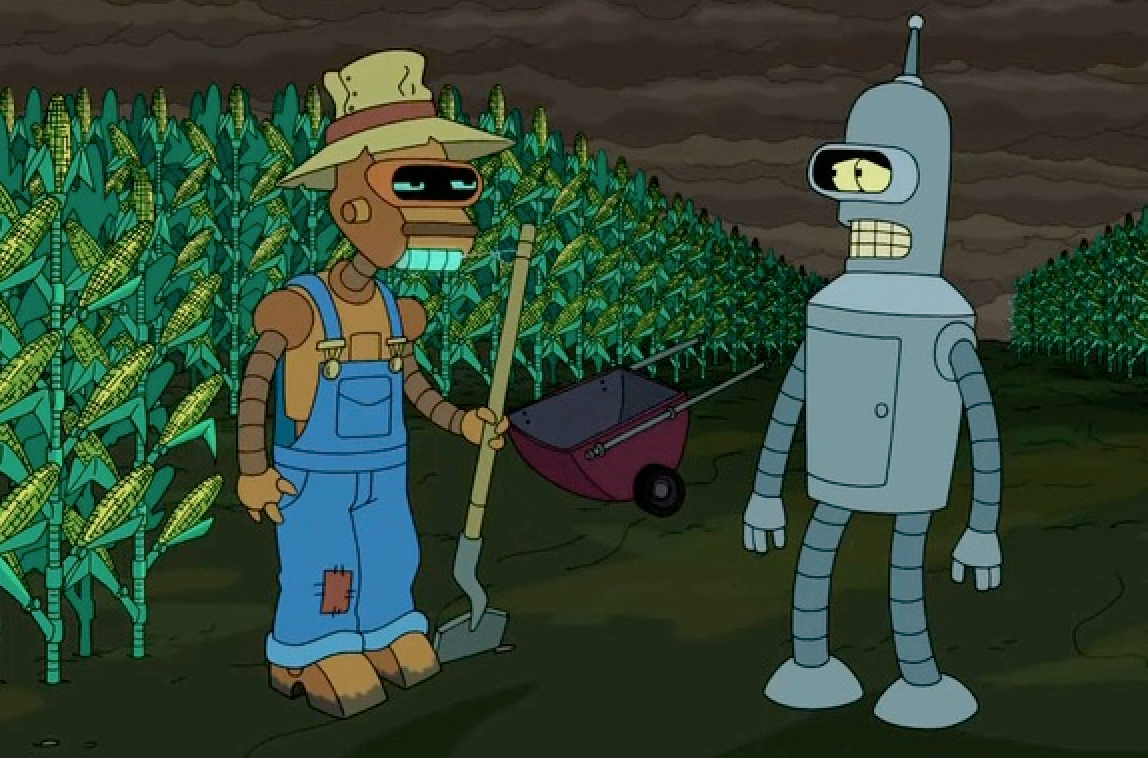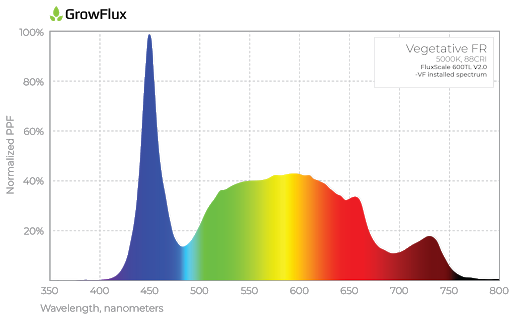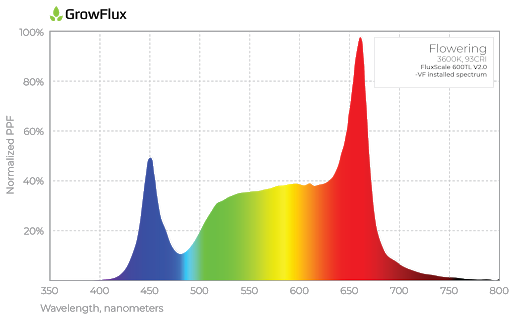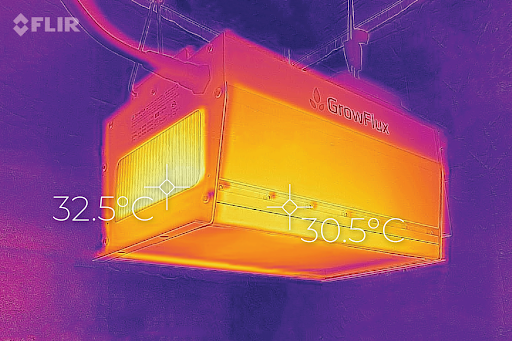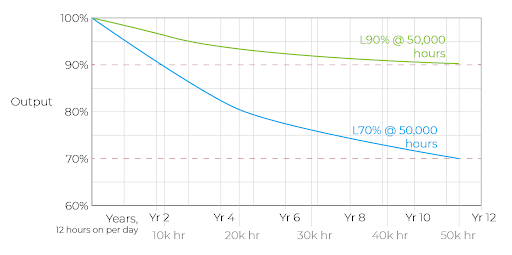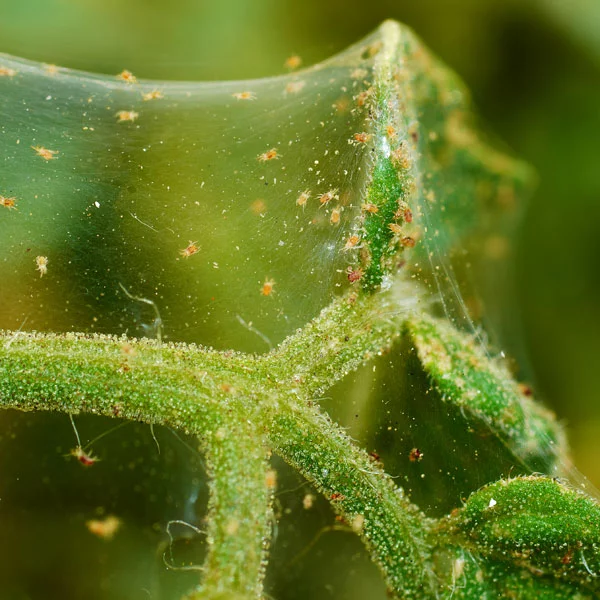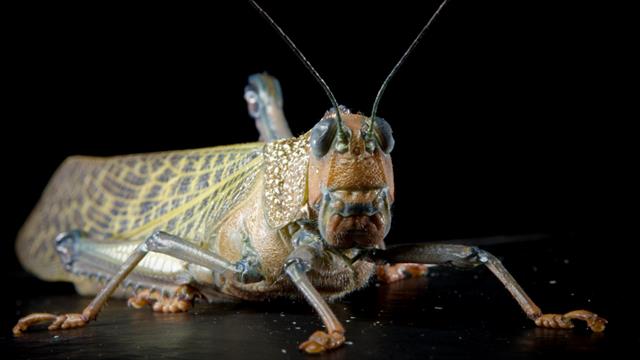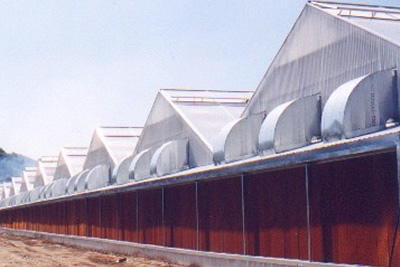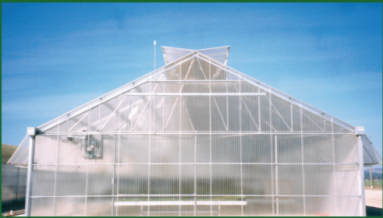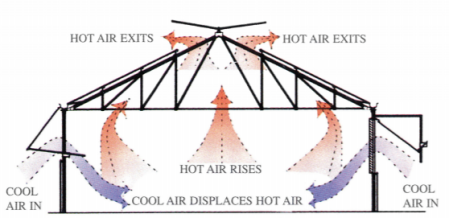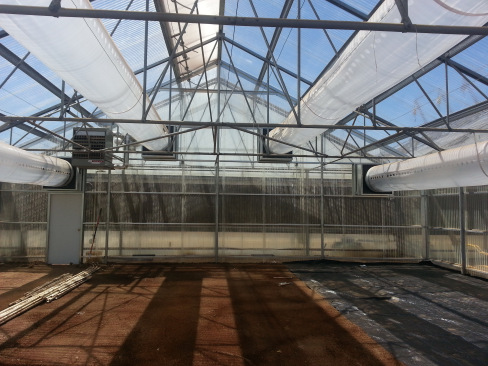Waiting for research to prove what we already suspect to be true could be a fatal mistake, Raywear explains.

The following is an article produced by a contributing author. Growers Network does not endorse nor evaluate the claims of our contributors, nor do they influence our editorial process. We thank our contributors for their time and effort so we can continue our exclusive Growers Spotlight service.
These days, most people already know enough about the harmful effects of sunlight to apply sunscreen before they spend an extended amount of time outdoors on a sunny day. But this wasn’t always the case. While early civilizations may have recognized that overexposure to the sun resulted in damaged skin, it wasn’t until the 1940s that an effective form of sunscreen was made widely available. And even then, the lotions didn’t receive widespread adoption until decades later when scientific studies proved that there was a serious health risk associated with overexposure..
Consider just how many lives were lost to skin cancer while society was waiting for science to confirm what was already widely known. Unfortunately, we’re in exactly the same position today when it comes to artificial lighting in modern grow rooms. Common sense suggests that the light radiation used to artificially grow plants is dangerous for the cultivators who are exposed to it for an extended amount of time. However, without a wealth of studies to support this thought — and in the absence of a commercialized market saturated with solutions to address the issue — safety’s simply not a consideration for many growers and their employers.
That’s why RayWear has made it its mission to educate the industry about the dangers of modern cannabis cultivation and provide protective solutions for the growers who work in these harsh environments. In order to help you understand the harm that light radiation can inflict upon humans, here’s a quick look at some of the most serious types of skin cancer facing unprotected cannabis cultivators.
3 Types of Skin Cancer that May Result from Exposure to Light Radiation
Types of skin cancer that can be caused by light radiation
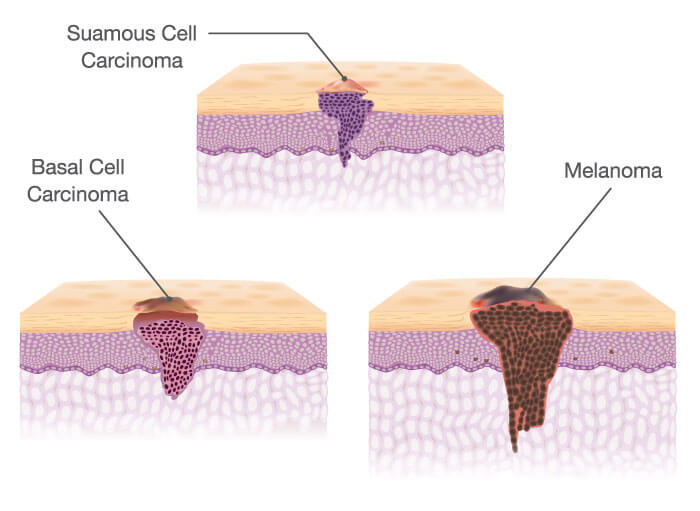
Melanoma
Although melanoma only accounts for 3 percent of all skin cancer cases, it’s responsible for more than 75 percent of skin cancer deaths. That makes it one of the most serious form of skin cancer by far, and, sadly, it’s also the most common one among young adults in their prime growing years.
Basal Cell Carcinomas
The leading cause of skin cancer tumors, basal cell carcinomas commonly result in small, fleshy bumps that develop on the head and neck, although they can crop up elsewhere. This disease grows slowly, and though it rarely metastasizes, in severe cases, it can penetrate bones and inflict severe skeletal damage.
Squamous Cell Carcinomas
Whereas basal cell carcinomas largely stay put, squamous cell carcinomas can spread out to other areas of the body and grow into large masses. This disease generally manifests in tumors that appear as red, scaly patches, though in some cases it takes the form of fleshy nodules.
Don’t Wait Until it’s Too Late
Don’t make the same mistake that previous generations did by waiting for research to explain what should be fairly intuitive. Intense lights, especially the kind emitted by modern grow lights, particularly HIDs, pose a serious threat to the health and wellbeing of today’s cannabis cultivators. So don’t wait until it’s too late. Start protecting yourself today by wearing clothing that shields your skin from the harmful effects of light radiation.
Editor’s Note: Any company that handles cultivation should consider SOPs that reduce the impact of harsh light on their employees’ skin!
RayWear is designed specifically for the modern cultivator.
Raywear’s patent-pending fabrics offer up to 99% visible light radiation reduction, significant reduction in infrared (IR) light, and a rating of 50+ UPF (ultraviolet protection factor), the highest rating any fabric can achieve.
Visit our website to learn more or shop for light-protection options, or contact us directly for more information.
10 Best Gift Ideas for Cannabis Connoisseurs and Growing Aficionados (2022)
December 7, 2022Developing and Optimizing a Cannabis Cultivation System
December 14, 2021Dealing with Insomnia: How Can CBD Help?
December 10, 2020Your Guide to Sleep and CBD
December 7, 2020
Do you want to receive the next Grower's Spotlight as soon as it's available? Sign up below!
Resources:
- Want to learn more about subjects similar to those touched upon in this article? Check out our articles on subjects such as:
- Want to get in touch with Raywear? They can be reached via the following methods:
- Website: https://raywearcc.com/
- Email: info@raywearcc.com
- Phone: 833-420-1010

Do you have any questions or comments?

About the Author
At RayWear, we believe the cannabis industry and worker safety should grow hand in hand. That’s why we’ve made it our mission to help the men and women on the frontlines — the people actually cultivating the plant — feel safe while they’re at work.











